Breaking News


Popular News

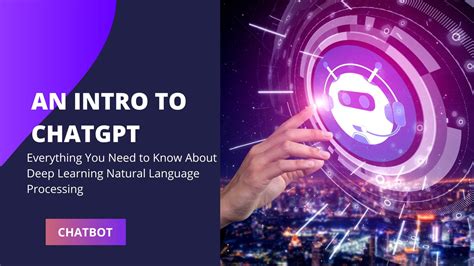

Contents
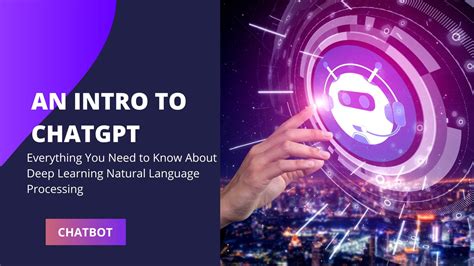
ChatGPT is an advanced AI model that is designed to generate human-like text responses in conversations. It uses state-of-the-art language processing techniques to understand and respond to user input in real-time.
One of the key features of ChatGPT is its ability to carry on coherent and engaging conversations with users, making it a valuable tool for various applications.
With ChatGPT, users can interact with AI in a more natural and intuitive way, allowing for more personalized and engaging experiences.
By using ChatGPT, businesses can streamline their customer service processes and provide quick and accurate responses to customer inquiries.
ChatGPT is constantly improving and evolving, with new updates and enhancements being released regularly to enhance its capabilities.
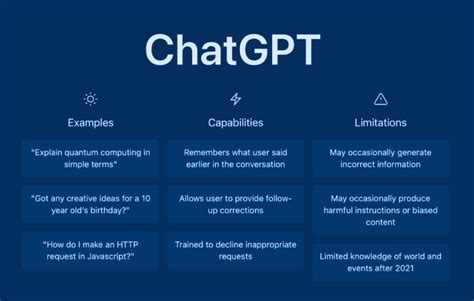
ChatGPT, developed by OpenAI, is a powerful conversational model trained on diverse internet text. This sophisticated AI tool has several impressive features that set it apart from traditional chatbots.
One key feature of ChatGPT is its ability to generate human-like responses to a wide range of prompts. Whether it’s engaging in casual conversation, providing information, or even telling jokes, ChatGPT can interact in a natural and fluid manner.
Another notable feature is ChatGPT’s contextual understanding, allowing it to maintain coherence and relevance throughout a conversation. This enables more meaningful interactions and facilitates smoother communication between the AI and the user.
Furthermore, ChatGPT can generate responses of varying lengths, from short, concise answers to longer, more detailed explanations. This flexibility in output length makes ChatGPT suitable for a wide array of applications and use cases.
Lastly, ChatGPT boasts a high level of scalability, making it capable of handling large volumes of user queries simultaneously. This makes it an ideal choice for businesses and organizations looking to implement AI chatbots for customer support or other interactive purposes.
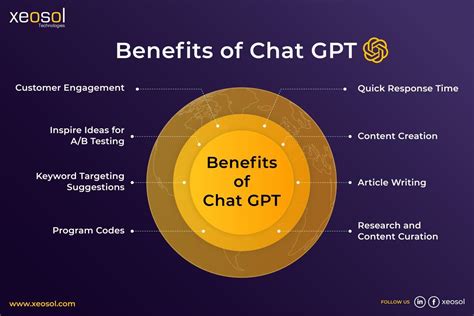
Using ChatGPT can bring a multitude of benefits to individuals, businesses, and organizations. One key advantage is the ability to provide instant responses to customer inquiries, improving customer satisfaction and engagement. This can lead to increased sales and loyalty.
Another benefit of using ChatGPT is the efficiency it brings to various tasks such as customer support, content generation, and language translation. By automating these processes, businesses can save time and resources, allowing employees to focus on more strategic initiatives.
Additionally, ChatGPT can help in personal productivity by providing instant answers to queries, helping users learn new concepts, and even serving as a writing assistant. This can be particularly useful for students, researchers, and writers looking to streamline their workflow and improve their output.
Moreover, ChatGPT can assist in language learning by providing real-time conversation practice with a virtual language partner. This immersive experience can help users improve their language skills, pronunciation, and confidence in speaking a foreign language.
In conclusion, the benefits of using ChatGPT are numerous and can have a transformative impact on how individuals and businesses communicate, interact, and innovate in the digital age.

ChatGPT, a state-of-the-art AI language model developed by OpenAI, has a wide range of applications across various industries due to its ability to generate human-like text responses.
One of the key applications of ChatGPT is in customer service. Companies can use ChatGPT to create AI-powered chatbots that can interact with customers in a personalized and efficient manner, providing instant support and resolving queries.
Another important application of ChatGPT is in content creation. Writers and content creators can leverage the language model to generate new ideas, brainstorm blog post topics, or even draft entire articles.
| Applications of ChatGPT | |
|---|---|
| Customer Service | Content Creation |
Overall, the versatility of ChatGPT makes it a valuable tool in diverse fields, from customer service and content creation to language translation, education, and more.
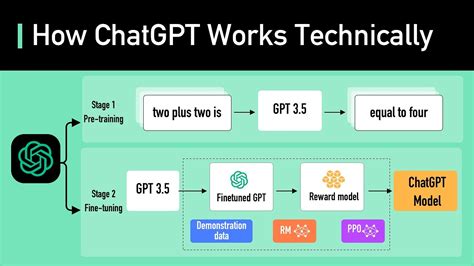
ChatGPT works by utilizing a powerful language model to generate human-like responses in a conversational setting. This cutting-edge technology combines natural language processing and machine learning to understand and respond to user input effectively.
With ChatGPT, users can interact with a virtual assistant or chatbot that is capable of carrying on engaging conversations on a wide range of topics. The model is trained on a diverse dataset of text from the internet, allowing it to generate relevant responses based on context and user input.
| How ChatGPT Works | |
|---|---|
| 1 | Input |
| 2 | Processing |
| 3 | Output |
When a user interacts with ChatGPT, the model takes in the input text, processes it using advanced algorithms, and generates a response that is coherent and contextually appropriate. This process is repeated seamlessly in real-time, providing users with a conversational experience that mimics human interaction.
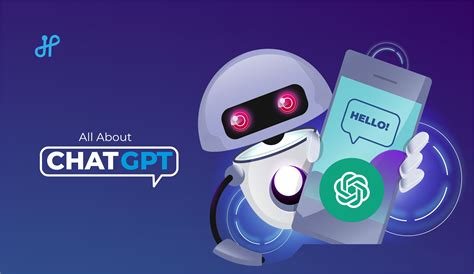
As we look towards the future of artificial intelligence, it is clear that tools like ChatGPT will play a vital role in shaping how we interact with technology. With advancements in machine learning and natural language processing, ChatGPT continues to evolve and improve, offering increasingly human-like conversational experiences.
One of the key aspects of the future of ChatGPT is its ability to personalize interactions based on user preferences and behaviors. This level of customization will enable businesses to deliver more tailored and engaging experiences to their customers, ultimately driving growth and loyalty.
Additionally, the future of ChatGPT holds promise for revolutionizing industries such as customer service, education, and healthcare. By leveraging the power of AI, organizations can streamline processes, offer real-time support, and deliver personalized learning experiences.
Moreover, as ChatGPT continues to learn from its interactions and adapt to new scenarios, it will become increasingly adept at understanding and responding to human emotions, further enhancing its communication capabilities.
In conclusion, the future of ChatGPT is bright and full of opportunities. With continued advancements in AI technology, we can expect to see even more innovative applications and use cases for this powerful tool, ultimately reshaping the way we communicate and engage with AI-powered systems.
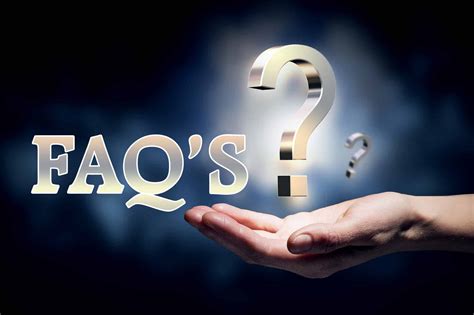
ChatGPT is a chatbot developed by OpenAI that uses the GPT-3 language model to generate text-based responses in natural language conversations.ChatGPT works by analyzing the input text provided by users and generating relevant responses using the massive amount of data it has been trained on.While ChatGPT can generate text responses that appear human-like, it may not always understand context or have the ability to maintain a coherent conversation like a human.ChatGPT can be used for customer service chatbots, content generation, language translation, and even assisting with writing tasks like emails or articles.ChatGPT, like any AI model, should be used responsibly and ethically to avoid spreading misinformation or engaging in harmful behaviors.ChatGPT may struggle with understanding complex or nuanced information, as well as generating responses that require specific domain knowledge or real-time data.You can access ChatGPT through the OpenAI API or try out demos available online to experience its conversational abilities.